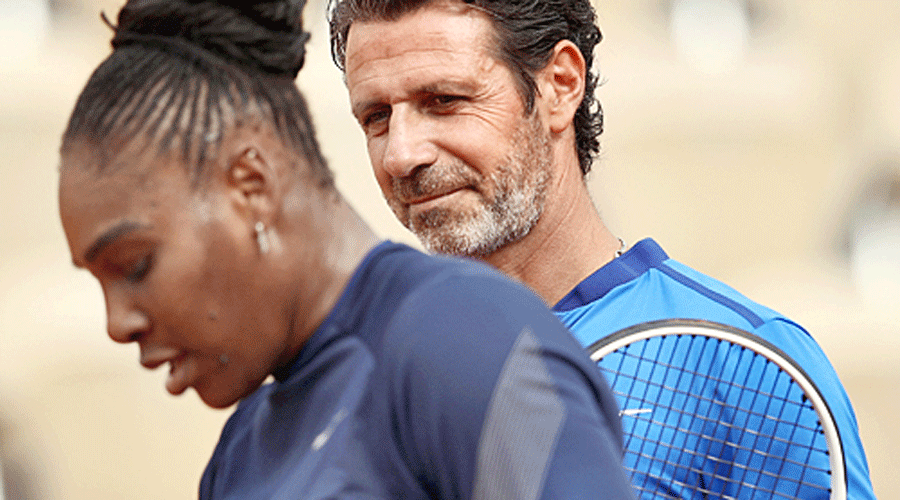Coaching from the stands is to be allowed at Wimbledon for the first time this summer as the All England Club falls into line with the other three slams.
As the guardians of the game’s traditions, the AELTC had been the last hold-outs against the creeping trend for players to take advice from their coaches during matches.
But the point has now been conceded — which means that last summer’s Wimbledon will probably go down as the final elite event where players had no recourse to tactical support during a match.
The AELTC had expressed strong opposition to the concept in the past, with then chief executive Richard Lewis telling ESPN in 2017: “We are philosophically very against. We believe it is a gladiatorial sport, an individual sport; you go on court and the whole premise of tennis is that you are on your own.”
But it should be said that the change in the rules — which allows coaches to talk to their players while they are on the same side of the net, or make hand gestures from the far end — has made little tangible difference to the way matches unfold.
At the recent Australian Open, the only controversy to develop around mid-match coaching involved Elena Rybakina’s coach Stefano Vukov, whose emotional reactions were criticised by at least three ex-players for being overly negative. Rybakina then responded with a statement in which she said that “I would never accept a coach that didn’t respect me. Please disregard any fake news to the contrary.”
The shift in attitudes on coaching is mainly a pragmatic one, in that the tours and slams found it extremely difficult to police coaches who wanted to send signals to their players.
At the 2018 US Open, chair umpire Carlos Ramos picked up on a signal made by Serena Williams’s then coach Patrick Mouratoglou. When Ramos issued Serena a code violation, he sparked a huge drama which resulted in the American being docked a game for calling him a “thief”.
The infamous US Open final of 2018 found Mouratoglou pushing his hands forwards, to suggest that Serena should come to the net more often against Naomi Osaka.
The irony is that Serena wasn’t looking anyway, and didn’t realise that she was liable for her coach’s actions in the stands. A huge meltdown unfolded when chair umpire Carlos Ramos issued her with a code violation.
Strangely, the AELTC’s new position on coaching may be indirectly connected to the war in Ukraine. The fact that the two tours reacted so strongly last summer against Wimbledon’s Russia ban, stripping points away from the tournament, has caused the four slams to pull together closer than ever before. A unified position on coaching could be one small consequence.
The umpires’ role here is not completely resolved, because there are still conditions to the use of coaching from the stands. Players are allowed to receive instructions, but not to engage in conversation with their coaches, for instance.
We are seeing fewer flashpoints under the new system. And it has certainly helped world No.3 Stefanos Tsitsipas, who used to clock up coaching warnings like some players collect parking tickets.
The Daily Telegraph in London










